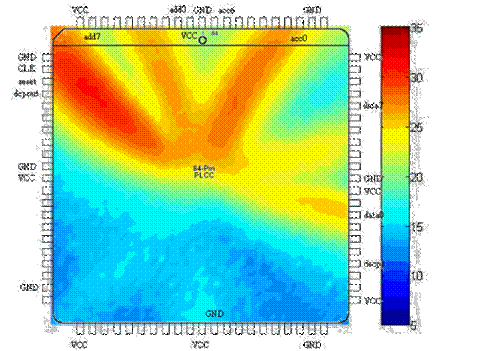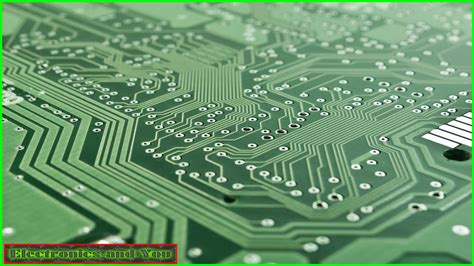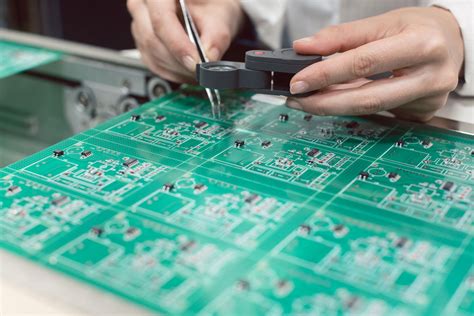Learn what PCBA is in three minutes
I believe that many people are familiar with PCB circuit boards and may often hear about it in daily life, but they may not know much about PCBA, and even confuse PCBA with PCB. So what is PCB? How did PCBA evolve? What is the difference between PCB and PCBA? How can electronic product solution providers efficiently find suitable PCBA suppliers for R&D and production? Now follow the editor to sort out the ideas.
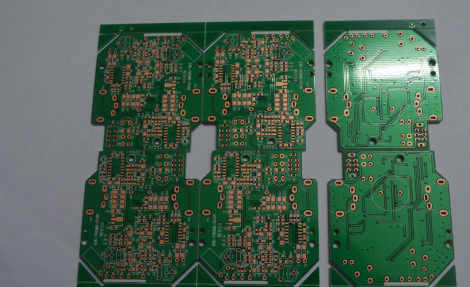
- What is PCB?
PCB (Printed Circuit Board), the Chinese name is printed circuit board, also known as printed circuit board, is an important electronic component, a support for electronic components, and a carrier for electrical connection of electronic components. PCB is called the “mother of electronic products”. Because it is made by electronic printing, it is called a “printed” circuit board.
Before the emergence of PCB, the interconnection between electronic components was completed by direct connection of wires. Today, wires are only used in laboratories for experimental applications, and printed circuit boards have definitely occupied a dominant position in the electronics industry.
PCB production process:
Contact the manufacturer → cutting → drilling → copper deposition → pattern transfer → pattern electroplating → film stripping → etching → green oil → character → gold-plated finger → molding → testing → final inspection
PCB unique advantages: high density, high reliability, designability, producibility, testability, assembly, maintainability.
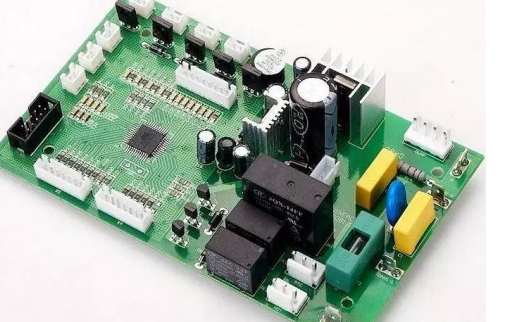
2.How did PCBA evolve?
PCBA is the abbreviation of Printed Circuit Board + Assembly in English, that is, the entire process of PCB blank board after SMT loading, or DIP plug-in, referred to as PCBA.
SMT and DIP are both ways to integrate parts on PCB boards. The main difference is that SMT does not require drilling holes on PCB, while DIP requires the PIN pins of the parts to be inserted into the already drilled holes.
SMT (Surface Mounted Technology) is a surface mounting technology that mainly uses a mounting machine to mount some micro-sized electronic parts on the PCB board. Its production process is: PCB board positioning, printing solder paste, mounting machine mounting, reflow oven and finished inspection. SMT integration is very sensitive to positioning and part size. In addition, the quality of solder paste and printing quality also play a key role.
DIP is a “plug-in”, which means inserting parts on the PCB board. Because the electronic parts are large in size and are not suitable for mounting or the manufacturer’s production process cannot use SMT technology, the parts are integrated in the form of plug-ins. At present, there are two implementation methods in the industry: manual plug-in and robot plug-in. Its main production process is: back glue paste (to prevent tin plating to places where it should not be), plug-in, inspection, wave soldering, brushing (removing stains left during the furnace process) and finished inspection.
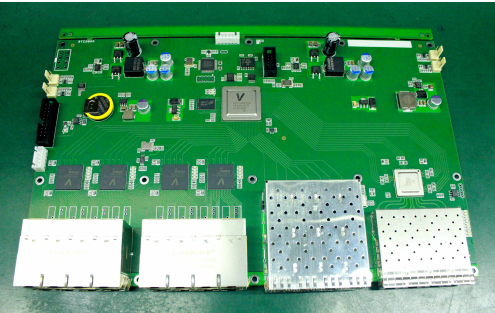
3.The difference between PCB and PCBA
After a brief introduction by the editor, you should know that PCBA generally refers to a processing process, which can also be understood as a finished circuit board, that is, PCBA can only be considered after all the processes on the PCB board are completed. PCB refers to an empty printed circuit board with no parts on it.

